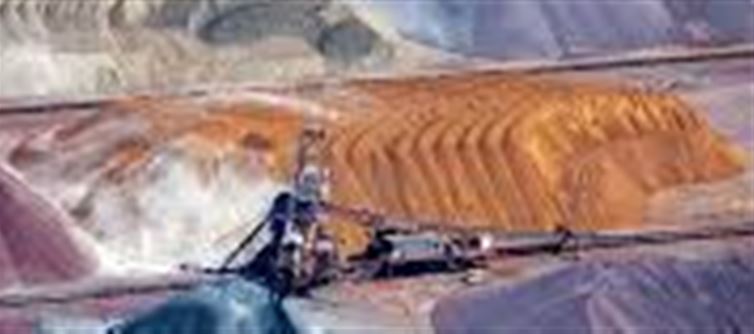
In a major step towards strengthening India’s supply chain for critical minerals, the Union cabinet chaired by prime minister Narendra Modi has approved a Rs 1,500 crore incentive scheme aimed at building domestic recycling capacity. The scheme, which falls under the National Critical Mineral Mission (NCMM), will focus on extracting key minerals from secondary sources like e-waste and used batteries.
Why Critical Minerals Matter
Critical minerals such as lithium, cobalt, nickel, and rare earths are essential for:
Electric vehicle (EV) batteries
Renewable energy technologies
Electronics manufacturing
Defence and aerospace
With global demand for these resources rising, india aims to reduce import dependency and secure its long-term energy transition goals.
Key Features of the Scheme
1. Tenure & Budget
Outlay: Rs 1,500 crore
Duration: FY 2025-26 to FY 2030-31 (6 years)
2. Eligible Feedstock
E-waste
Lithium-ion battery (LIB) scrap
Other scrap, such as catalytic converters from end-of-life vehicles
3. Who Can Apply?
Large established recyclers
Small/new recyclers and start-ups (with one-third of funds earmarked for them)
4. Types of Incentives
Capex subsidy:
20% subsidy on plant, machinery, and utilities
Higher benefits for units starting production on time
Opex subsidy:
Incentive on incremental sales beyond FY 2025-26 levels
40% subsidy in 2nd year, 60% in 5th year
5. Incentive Ceiling
Large entities: Max Rs 50 crore (Opex cap Rs 10 crore)
Small entities: Max Rs 25 crore (Opex cap Rs 5 crore)
Expected Impact
Recycling capacity: 270 kilo tonnes annually
Critical mineral output: ~40 kilo tonnes per year
Investment attracted: ~Rs 8,000 crore
Job creation: ~70,000 direct and indirect jobs
Why This Matters
India’s domestic mining ecosystem for critical minerals is still at an early stage, and exploration-to-production has a long gestation period. Recycling provides a near-term, sustainable solution to secure supply while reducing environmental impact.
The move also aligns with global trends, as countries worldwide are racing to establish circular economies for green minerals to meet climate goals.
✅ Bottom line: With this scheme, india is not just investing in recycling but in future-proofing its clean energy and EV industries.
Disclaimer:
The views and opinions expressed in this article are those of the author and do not necessarily reflect the official policy or position of any agency, organization, employer, or company. All information provided is for general informational purposes only. While every effort has been made to ensure accuracy, we make no representations or warranties of any kind, express or implied, about the completeness, reliability, or suitability of the information contained herein. Readers are advised to verify facts and seek professional advice where necessary. Any reliance placed on such information is strictly at the reader’s own risk.
.jpg)




 click and follow Indiaherald WhatsApp channel
click and follow Indiaherald WhatsApp channel